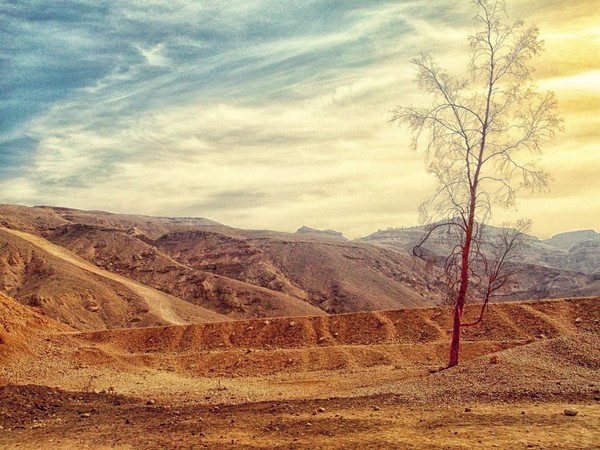

Even though the monsoon has begun to affect the entire country, many areas still seem to be experiencing intense heat which is exacerbated by sharp increases in humidity. This summer’s heat waves in India are a reflection of the unusual temperature trends that are anticipated to get worse as the effects of climate change become more pronounced.
After the summer of 2010, the summer of 2022 has been the second-hottest summer since 2016. Due to heat island effects brought on by surface heat absorption and local waste heat produced by traffic, industry, and air conditioning, megacities like Delhi, Mumbai, Kolkata, and Hyderabad are significantly hotter than the greater territory around them (among other urban activities).
According to a recent country-wide by the Centre for Science and Environment (CSE), while extreme heat waves in the northwest states as defined by the India Meteorological Department (IMD) attract the most public attention, the rise in overall anomalous temperature in other parts of the nation has been largely ignored.
“This is a very disturbing trend as policy preparedness to mitigate rising heat due to climate change is nearly absent in India. Without heat action plans, rising air temperature, radiating heat from land surfaces, concretisation, heat-trapping built structures, waste heat from industrial processes and air conditioners, and erosion of heat dousing forests, urban greens and water bodies will worsen public health risks. This requires urgent time-bound mitigation,” said Anumita Roychowdhury, executive director, research and advocacy, CSE.
Avikal Somvanshi, senior programme manager, Urban Lab, CSE said “Understanding the overall temperature anomaly, extreme heat conditions, and the mixed trends in heat patterns across different regions of India has become necessary to assess the emergent risk. Currently, the attention is largely on the maximum daily heat levels and extreme conditions of heat waves. But it is equally important to pay attention to the overall rising temperature and humidity trends in different regions to understand the gravity of the problem”.
Data from the National Crime Records Bureau (NCRB) that also captures accidental deaths including those from climatic stress, shows that between 2015 and 2020, 2,137 people had reportedly died due to heat stroke in the states in the northwest. But the southern peninsula region had reported 2,444 deaths due to excessive environmental heat, with Andhra Pradesh alone accounting for over half of the reported casualties.
Delhi reported only one death for the same period. Most deaths have been reported among working-age men (30-60-year-olds), usually not considered highly vulnerable to temperature anomalies. The understanding of the public health impacts of meteorological conditions like heat waves is still weak in India.
Heat waves are the second most deadly natural force in India, having killed over 20,615 people during 2000-20. Lightning, with 49,679 deaths, was the top killer. There has been a decline in the number of reported deaths since 2015 when IMD reported 2,081 deaths and NCRB reported 1,908 deaths.
There were no deaths reported by IMD in 2021 and NCRB is yet to publish the 2021 edition of its annual Accidental Deaths & Suicides in India (ADSI).
The temperature trends in India from January 2015 to May 2022 were studied by the Urban Lab of CSE. Surface air temperature, land surface temperature, and relative humidity (heat index) have been studied at the national, regional, and local levels in an effort to understand the patterns in global warming.
Additionally, the patterns in the metropolises of Delhi, Mumbai, Kolkata, and Hyderabad in each of the four homogeneous zones of the IMD have been evaluated.
A CSE release said the temperature anomaly has been examined by the analysis (which refers to a departure from a reference value or long-term average or a baseline). A positive anomaly means that the temperature was higher than the baseline, whereas a negative anomaly means that it was lower.
It typically serves to report monthly, seasonal, yearly, or decadal fluctuations in temperature. Although significantly shorter in duration and characterised in contrast to an absolute temperature threshold as well as deviation from the usual, heat waves are likewise anomalous temperature events.